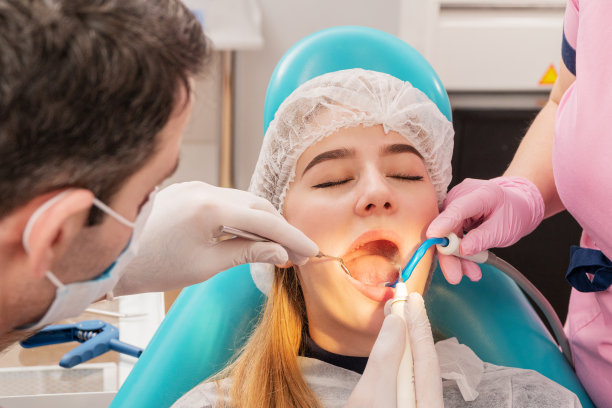The Journey of Extracting a Tooth A Step by Step Guide to Understanding Dental Procedures
Summary: Extracting a tooth is often a daunting prospect for many patients. This guide aims to demystify the dental extraction process, offering insights into its necessity, preparation, procedure, and post-operative care. By understanding these steps, patients can feel more at ease during their dental visit. Each segment covers critical aspects of the journey, ensuring that readers are well-informed about what to expect when faced with a tooth extraction. Our goal is to alleviate fears and provide comprehensive knowledge, thus enhancing the overall patient experience.
1. Reasons for Tooth Extraction Explained

Tooth extraction is often necessary for various reasons. One of the primary reasons is tooth decay or infection, where a cavity has caused irreversible damage to the tooth, making it impossible to save. If left untreated, such infections can spread to the surrounding teeth and gums, leading to more severe health issues. Hence, extraction becomes the safest option to preserve overall oral health.
Another common reason for extraction is overcrowded teeth. In cases where a patient’s mouth is too small to accommodate all teeth, orthodontic treatment may require the removal of one or more teeth. This procedure helps create space, allowing for proper alignment and an improved bite. Patients undergoing braces or other orthodontic treatments frequently experience this scenario.
2. Preparing for the Extraction Procedure
Preparation for tooth extraction typically involves a thorough consultation with the dentist. The dentist will conduct an examination, often including X-rays, to assess the tooth and surrounding structures. Understanding the tooths position and condition is vital for proceeding with the extraction safely and effectively.
Patients will also need to discuss their medical history in detail. Any existing medical conditions, allergies, or medications must be reviewed since these factors may influence the procedure and anesthesia choice. Full disclosure ensures that the dental team can tailor the extraction process to fit the patients specific needs and avoid complications.
Additionally, the dentist will provide pre-operative instructions. Patients should avoid eating or drinking for a specific period before the surgery, especially if sedation is planned. Arranging for transportation home after the procedure is also crucial—especially if sedation is used—since patients may still feel groggy or disoriented afterwards.
3. Understanding the Tooth Extraction Process
The extraction process typically begins with local anesthesia, which numbs the area surrounding the tooth. For patients who experience high anxiety or fear, sedation options may be offered for enhanced comfort. Once the area is numb, the dentist will carefully loosen the tooth using specialized instruments, called elevators, which help detach the tooth from its socket.
After the tooth is loosened, the dentist may use forceps to remove it gently. The process might differ slightly based on whether the tooth is impacted or fully erupted. In challenging cases, such as with impacted teeth, the dentist may need to make incisions in the gum to access the tooth properly. This step ensures a safe and effective removal.
Once the extraction is complete, the dentist will place gauze over the extraction site to control bleeding and promote clotting. Patients will then be given specific instructions to follow, ensuring that the recovery process is smooth and uncomplicated. Knowledge of what to expect during this step is reassuring for many patients.
4. Post-Operative Care for a Smooth Recovery
Post-operative care is crucial for minimizing discomfort and promoting healing after a tooth extraction. Following the procedure, patients are typically advised to rest for the remainder of the day. It is important to keep the head elevated and avoid strenuous activities to mitigate swelling and bleeding at the extraction site.
Managing pain is also a priority during recovery. Dentists may prescribe pain medications or recommend over-the-counter options to help patients manage discomfort. Ice packs can be beneficial for reducing swelling, and patients should apply them in intervals to avoid ice burns.
Lastly, the dentist will instruct patients on maintaining oral hygiene while allowing the extraction site to heal. Avoiding vigorous mouth rinsing, using straws, or consuming crunchy, spicy, or hot foods can enhance recovery. By adhering to these guidelines, patients can ensure a smooth post-operative experience.
Summary:
Understanding the journey of tooth extraction is vital for any patient facing this dental procedure. From recognizing the reasons why an extraction may be necessary to the careful preparation and execution of the procedure, having a comprehensive overview can greatly reduce anxiety. Equally important is knowing how to care for the extraction site post-surgery, which facilitates optimal healing and comfort.
This article is compiled by Vickong Dental and the content is for reference only.



